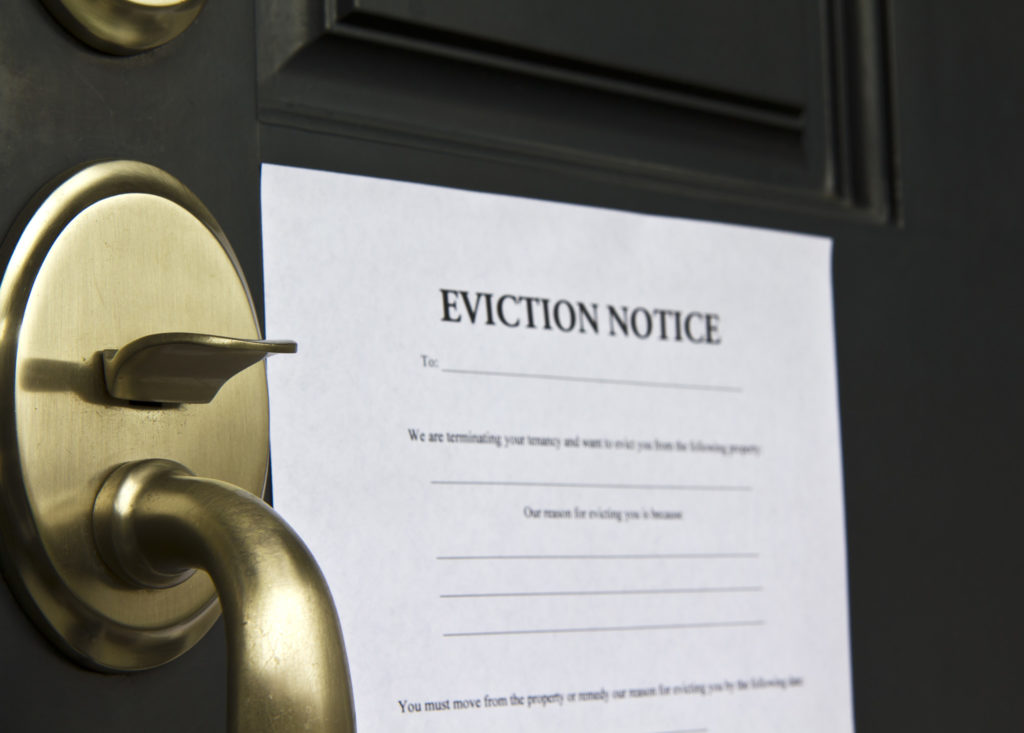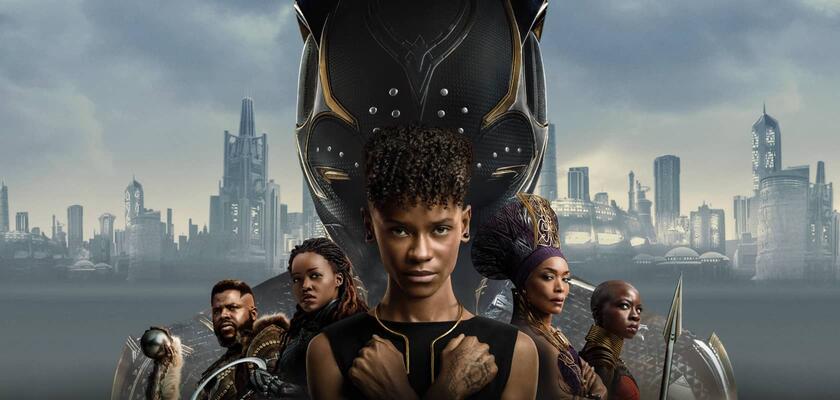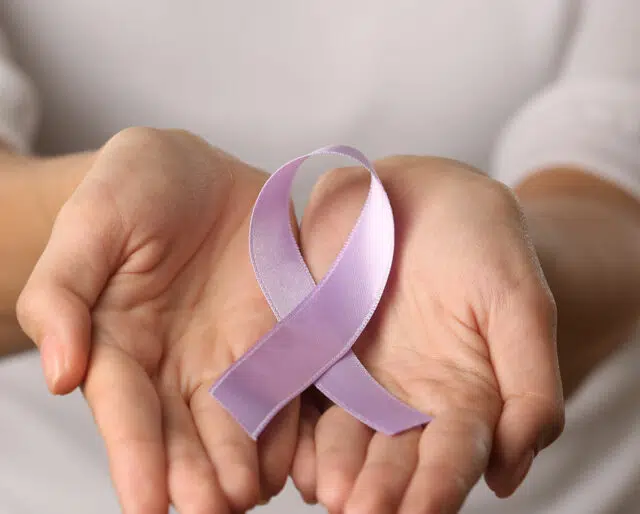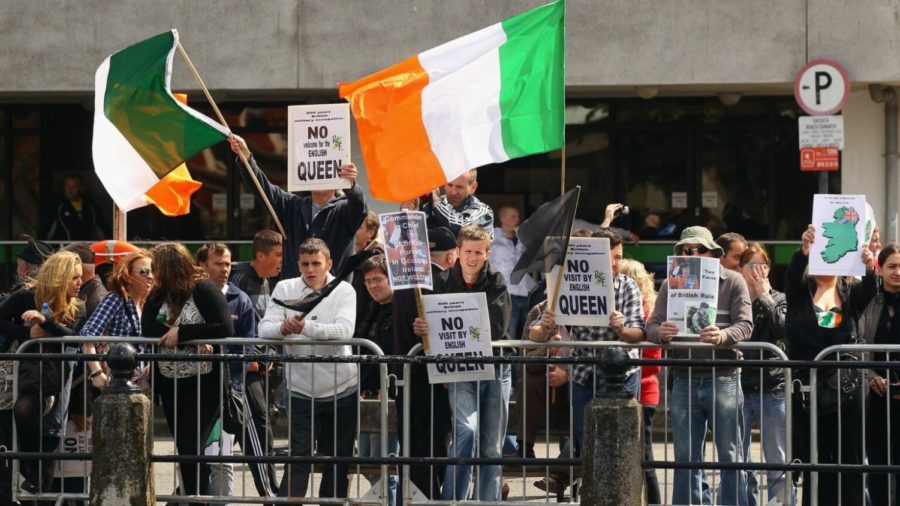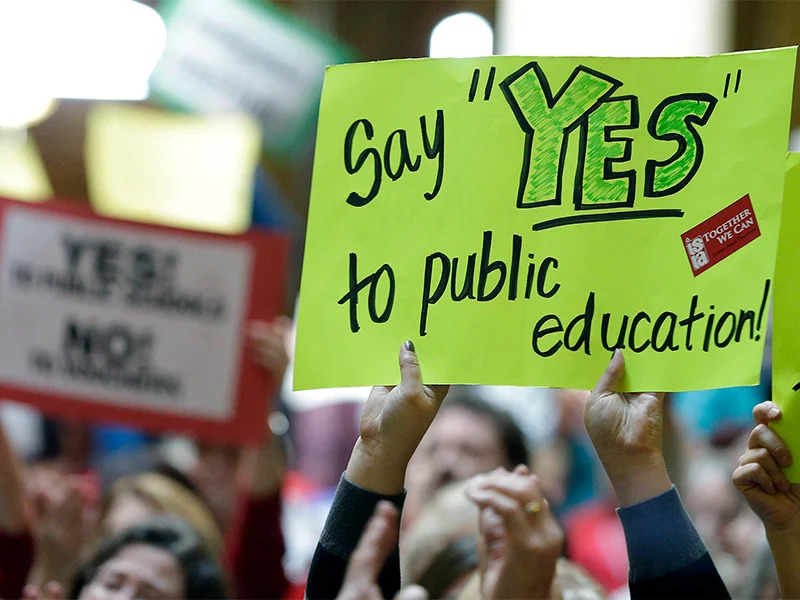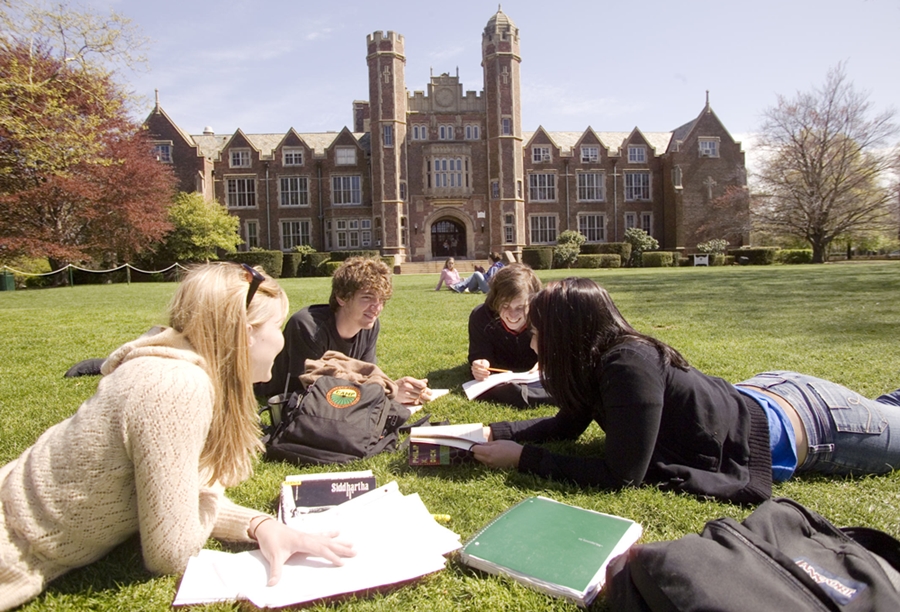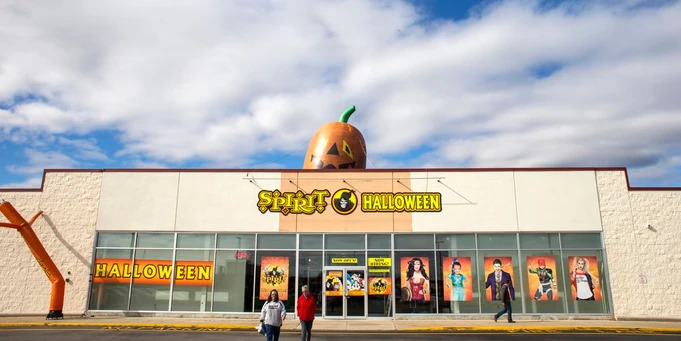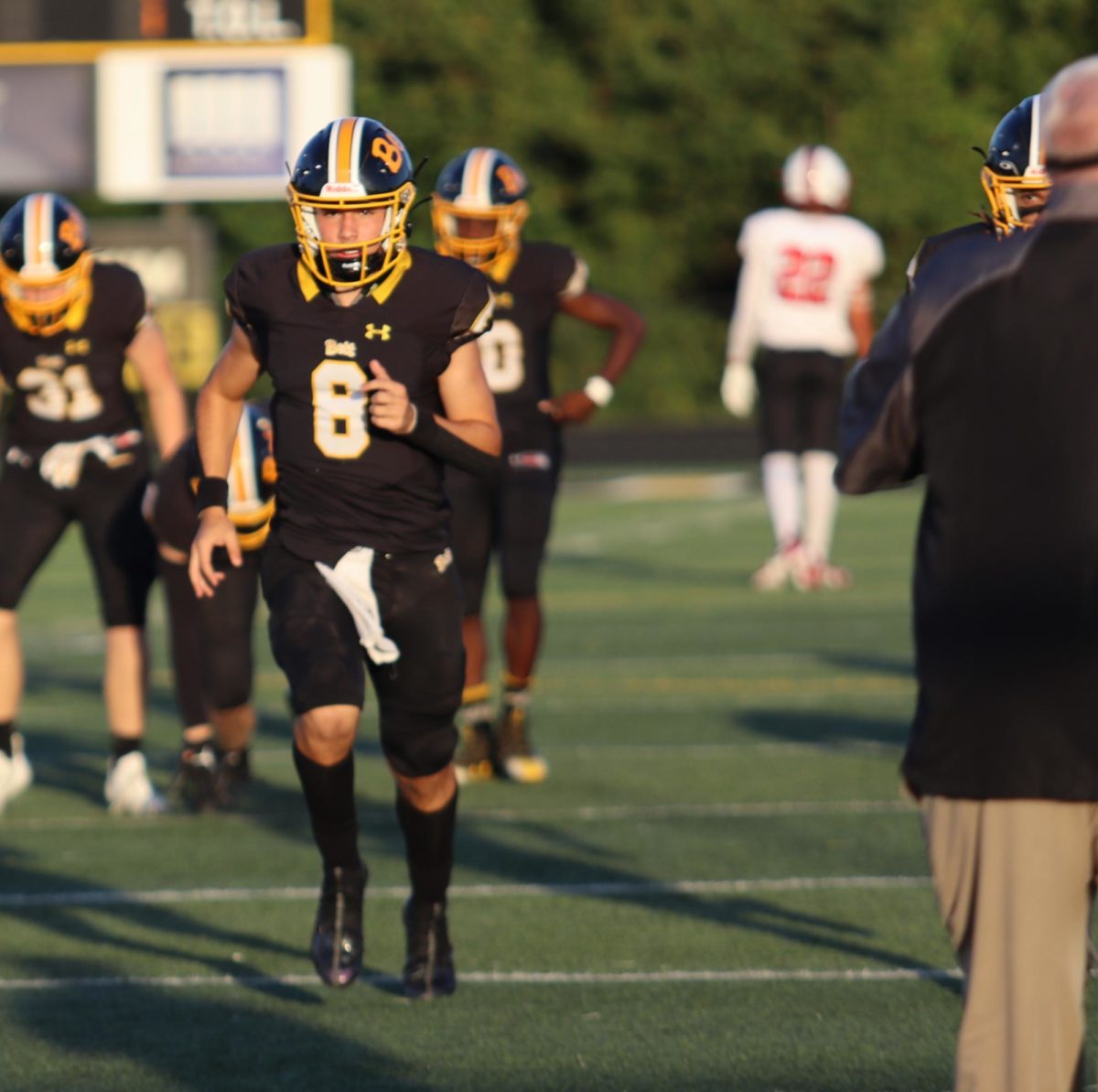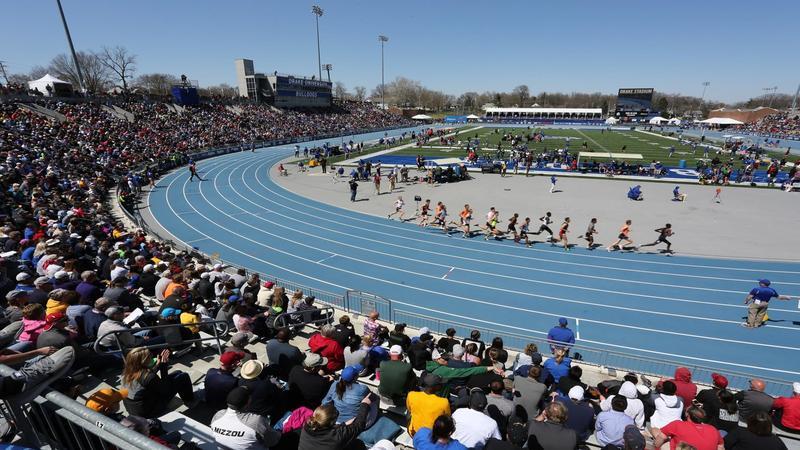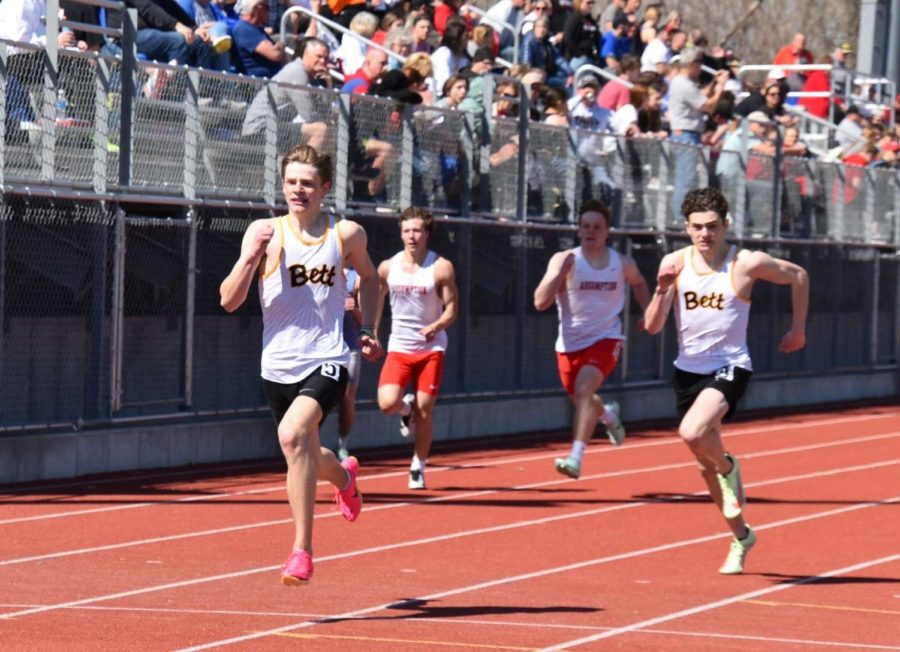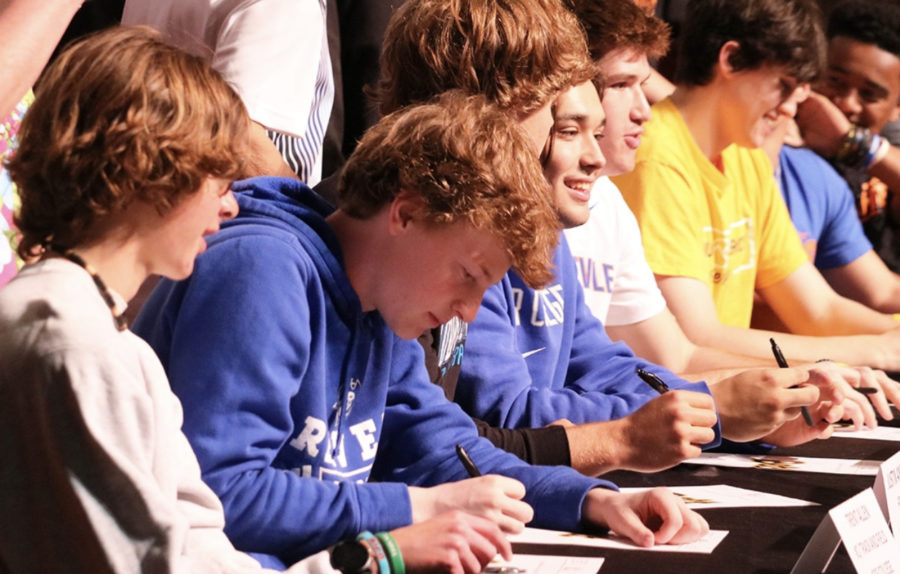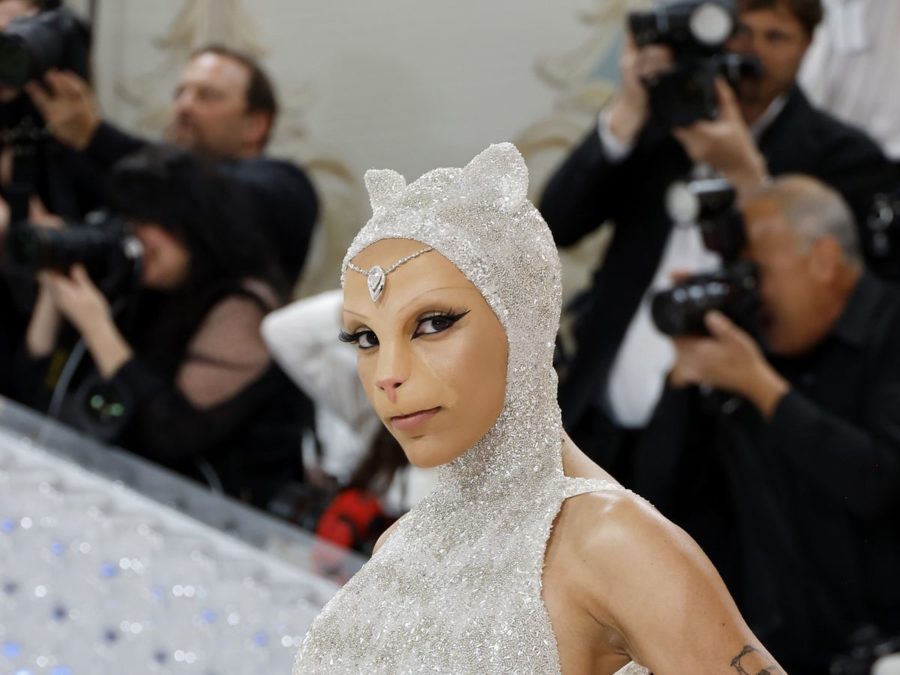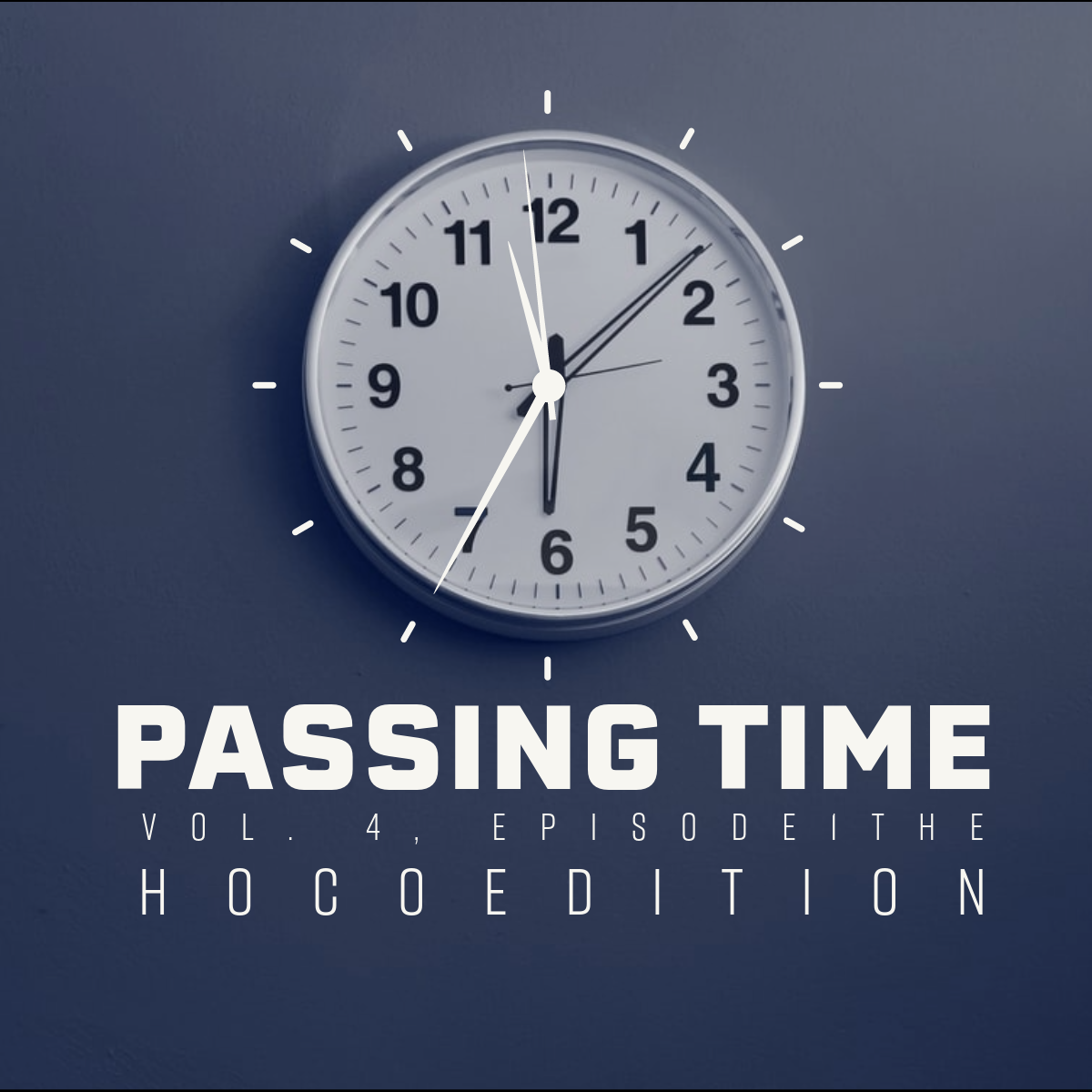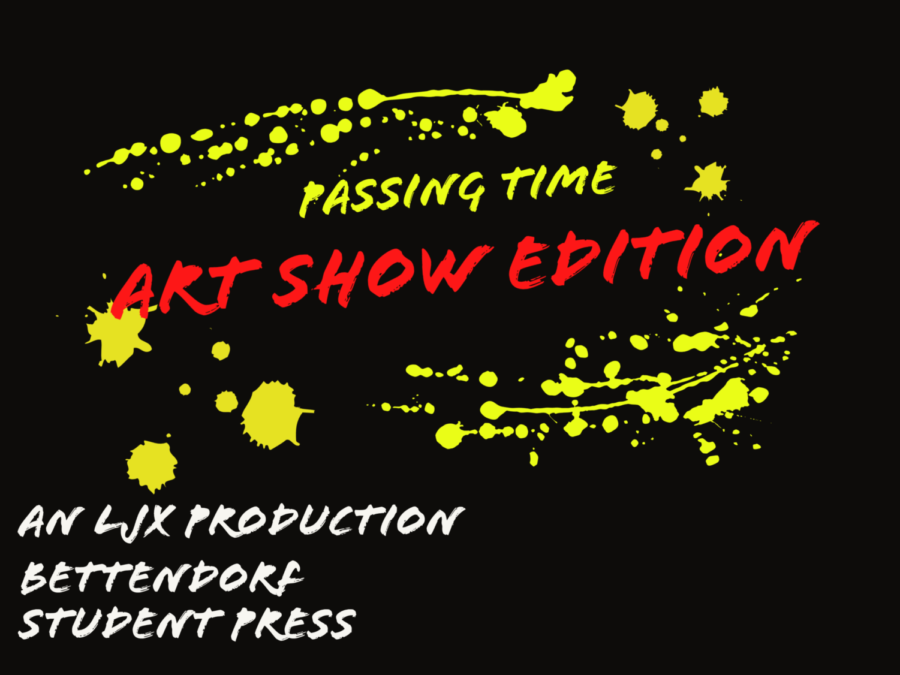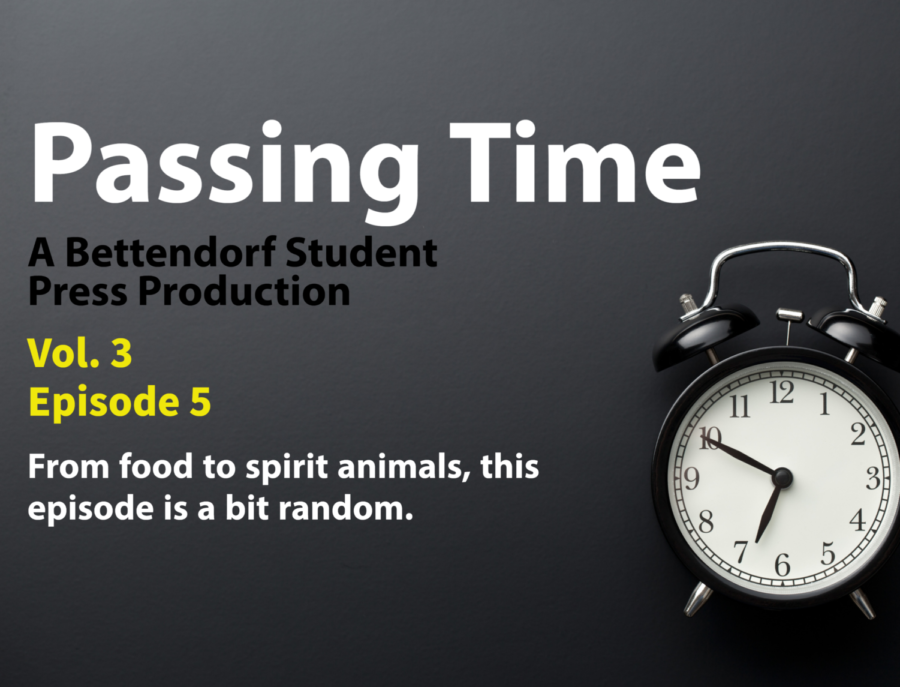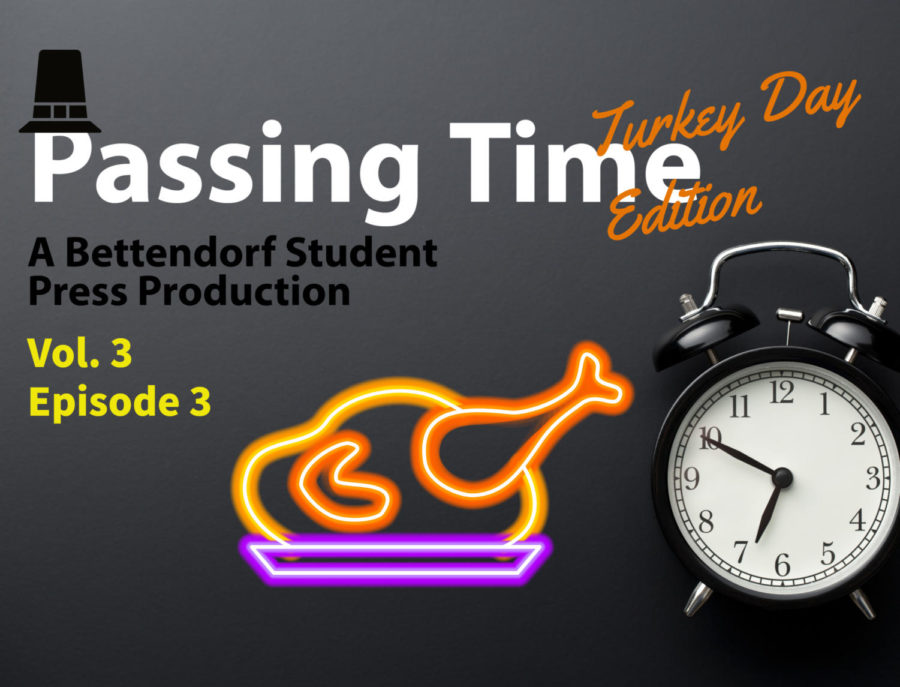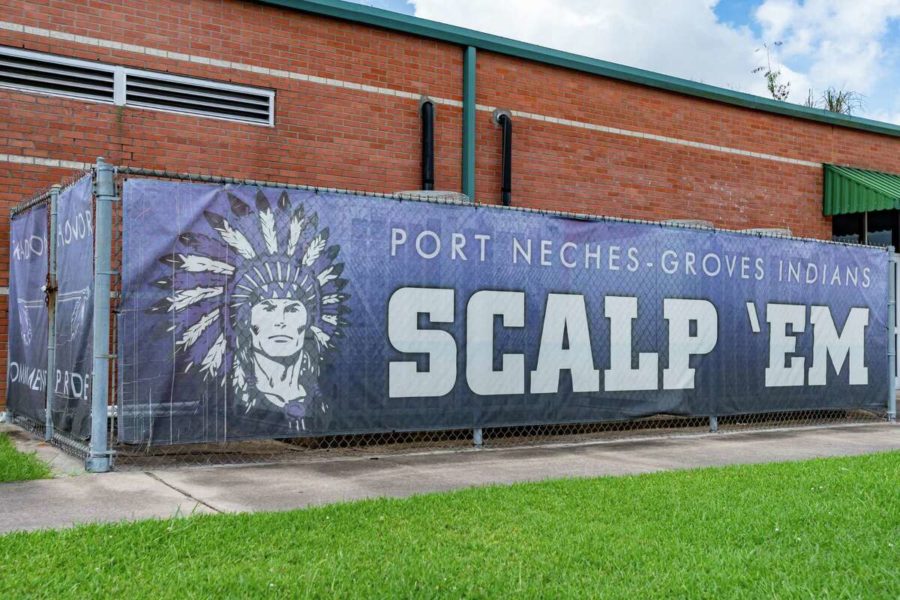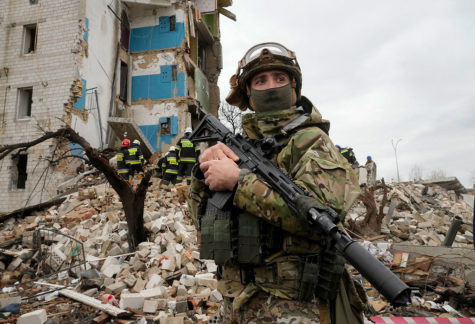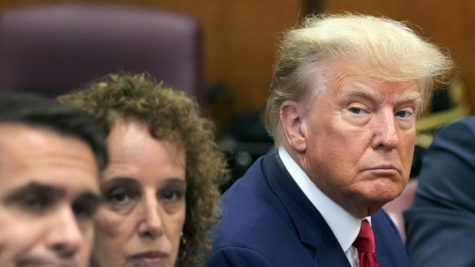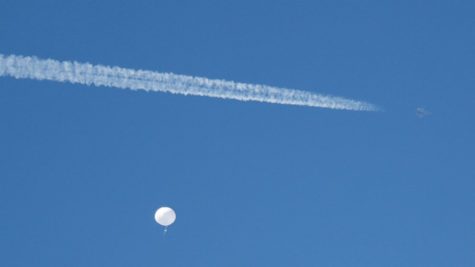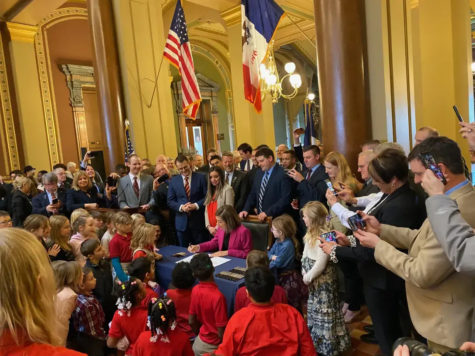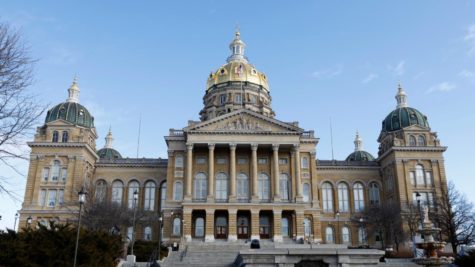Mascot debate rekindled after Disney World performance
Port Neches Groves High School displays a banner outside the school which includes the phrase, “Scalp ‘Em,” a line from their school song.
August 1, 2022
On March 15, visiting Disney World for their annual Main Street performance, the Port Neches-Groves High School drill team, the “Indianettes,” danced to Native American-inspired music while wearing fringed outfits and shouting the school’s fight song, which includes the phrase “Scalp Em’!”
This appearance sparked online debates about high school mascots and if they promote racist depictions of marginalized communities.
The mascot controversy became well known for decades due to the Washington Redskins, an NFL team from Washington, D.C., that changed their name in February of 2022 after Nike pulled the team’s merchandise from their website.
Renamed the Washington Commanders, the general public was satisfied, but the incident at Disney World is an unfortunate reminder that plenty of high school mascots in the U.S. still hold derogatory meanings, including several in Iowa.
The Meskwaki Nation, Ponca Tribe of Nebraska, National Congress of American Indians, and American Indian Council have collectively flagged 66 Iowan high schools for offensive mascots depicting Native Americans.
“If a mascot is offensive then we obviously wouldn’t want it there, but I feel that the only people that can call the offense, when it comes to those mascots, would be people that come from those direct descendants or are in close ties with them.” said Coy Evans. “Because I wouldn’t want [mascots] to be removed but native people actually liked it, I mean, they would be the ones we would want our information from.”
On June 8, 2020, the Race, Ethnicity and Education Journal published a review, later supported by several American Indian newspapers, on the impacts of native mascots, specifically on young, native students and how the mascots reinforce incorrect racial portrayal.
“I feel like if you have someone be a mascot, a person or based off of a group of people, it can send, not necessarily bad messages, but it stereotypes people. It can stereotype groups in a bad way, not even in a bad way, but in a way that is unfair. Stereotypes as a whole are just unfair,” said Francesca Stahler.
In 2005, The American Psychological Association also condemned the offensive mascots, “The APA’s position is based on a growing body of social science literature that shows the harmful effects of racial stereotyping and inaccurate racial portrayals,”
Research shows that native mascots lower the self-esteem of American Indian students, undermining their ability to practice spirituality and traditions confidently due to hostile learning environments.
“The discontinued use of American Indian mascots is a gesture to show that this kind of racism toward and the disrespect of, all people in our country and in the larger global context, will not be tolerated,” said Lisa Thomas, PhD, APA Committee on Ethnic and Minority Affairs.
Studies also suggest that these mascots teach non-native communities that it is acceptable to participate in culturally abusive behavior, damaging the relationship between the two groups.
“These names can be racially insensitive and not even tied to the high school itself, so it doesn’t make sense for it to be the mascot,” said Dominic Halbur. “I can only assume these high schools aren’t on a [American Indian] reservation.”
Movements that protest the continued use of offensive mascots include “We Are Not Your Mascot” and “People, Not Mascots,” both of whom advocate for the rights of American Indians and other indigenous people who have been affected.
And these groups are not small or quiet; instead, they are greatly involved with local and state governments, with tribal leaders issuing formal complaints or requests for mascots to be removed.
Often in response to local tribes, states have recently come up with different ways to tackle offensive mascots and the cost of the change.
Nebraska and Washington have requested education grants that would incentivize their states to change offensive mascots; Connecticut has restricted funding to schools that have Native American mascots, while Maine, Nevada, and Vermont, among others, have officially banned all use of racial mascots.
Multiple schools across the U.S. have supported the change of mascots, or been forced by state legislation, but there has been a large obstacle blocking any advancement: money.
A mascot can be everywhere, from gymnasium walls to sports uniforms, and the prevalence of such a symbol, along with the size of the high school, determines the cost of change.
“Hundreds of thousands, maybe even into the millions, because you have to completely rebrand your school, which costs a lot of money. I mean if you have it painted on your football field, it costs about 1.2 million dollars to redo a turf football field, you’d have to replace the whole entire turf,” said Activities Director, Zach Shay.
“If they are deemed as offensive, I would go into changing it, but at the same time, there is so just so much that goes into it. I mean, there are so many things in our school that have a bulldog on it, bulldog this, a bulldog that, we would have to change the gym floor,” said Stahler.
Mason City, Iowa spent $27,000 to change their city’s mascot, “Mohawk”, while a high school in Kansas found that a new gym floor and retrofitting their marching band would cost $400,000, not to mention other uniforms.
But the sports apparel brand, Adidas, has recently offered to provide financial aid to high schools that are removing racial mascots. Eric Liedtke, an Adidas Group executive said, “Adidas is proud to provide a pathway for high schools and communities who want to create new identities.”
Port Neches-Groves High School, which gave the controversial performance at Disney World, is just one mascot in an estimated 2,000 schools that have offensive mascots. But the native community’s dedication has led state and local governments, along with giant sporting brands, like Adidas, to advocate for change.
Port Neches Groves High School has not made a change, but they are one in an estimated 2,000 schools that have offensive mascots in the U.S. Cherokee Nation Principal Chief Chuck Hoskin Jr, commented on the situation, and the native community’s continued fight against these symbols.
“For the past couple of years, we have written to the Port (Neches-Groves) superintendent and school board asking them to cease using this offensive imagery, chanting, symbolism and other practices in their school traditions as this does nothing but dishonor us and all Native American tribes who are making great strides in this country. School leaders need education on cultural appropriateness, should apologize for continuing to ignore our requests to stop and need to make swift changes to correct these offensive displays across their school district.”






